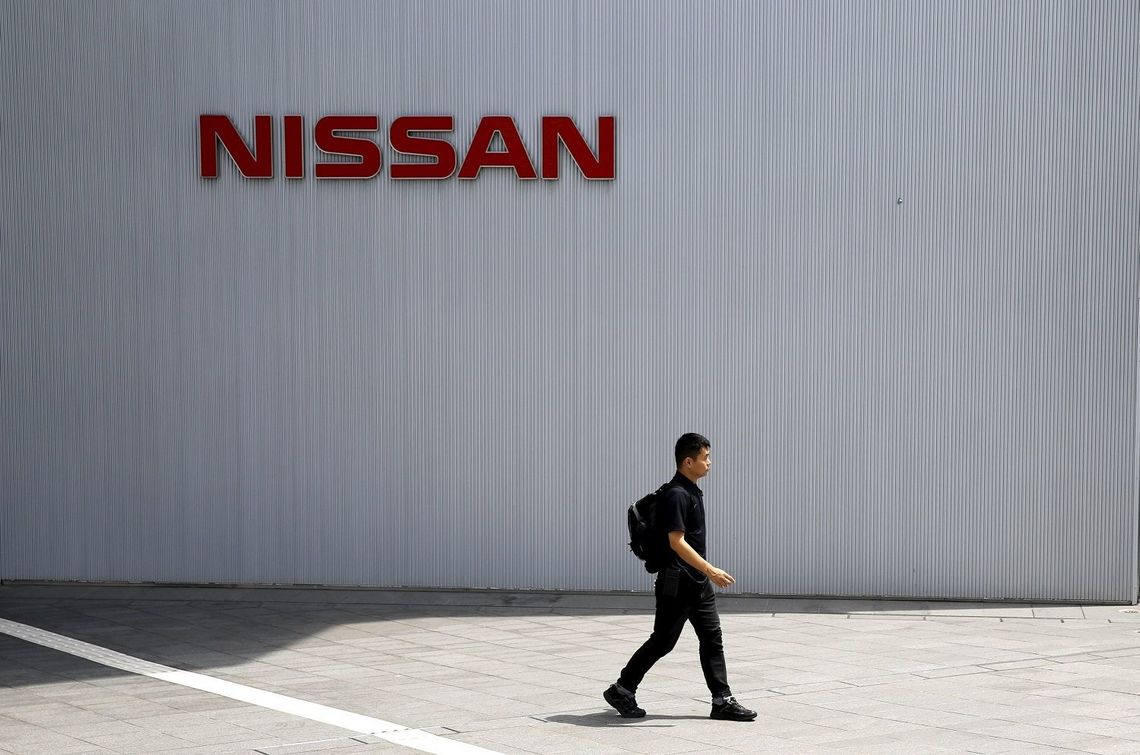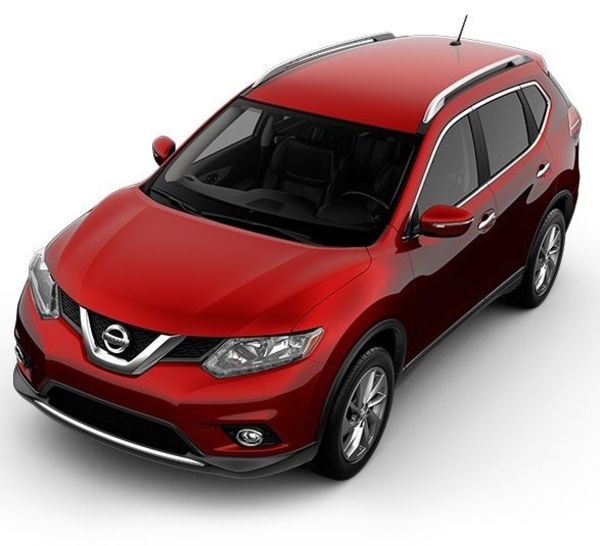
DETROIT (Reuters) - To meet robust U.S. demand for its Rogue small crossover vehicle, Nissan Motor Co <7201.T> said on Thursday(July 9,2015) it will export the model from Japan to North America, beginning next year.

Rogue crossovers will be built at Nissan's Kyushu plant starting next spring, the company said, at an annual rate of 100,000 vehicles. This will supplement current Rogue production in Smyrna, Tennessee, and Busan, South Korea.
The Rogue is in a sweet spot in the U.S. market. Crossovers, which look like traditional sport utility vehicles but have a car rather than truck chassis, have been taking market share from sedans.
"The crossover segment, particularly small crossovers, is the hottest part of the automotive market right now," said Fred Diaz, Nissan sales and marketing chief for North America.
Last October, also because of high demand for Rogue, Nissan began producing them at Busan for export to North America.
A weak yen versus the dollar allows Nissan to take more profit per Rogue built in Japan and sold in the United States, but Nissan spokesman David Reuter said the move is due to demand, not because of currency advantages.
"We are maxed out of production capacity" for Rogue at the Tennessee and South Korean plants, Reuter said.
Rogue is identical to the Nissan X-Trail crossover that is sold outside North America, including Nissan's Japan home market. The Kyushu plant in southern Japan and the Busan plant will make both the X-Trail and Rogue.
Rogue was introduced in the U.S. market in 2007 and has experienced hefty sales gains each year since. U.S. Rogue sales in the first half of the year rose 36 percent.
While Rogue is narrowing the gap with the best-selling crossover in America, Honda Motor Co's <7267.T> CR-V, sales of the Honda vehicle were still 20 percent higher in the first half of 2015, according to industry consultant Autodata Corp.
In addition to the Rogue and X-Trail, the Nissan Qashqai, one of the company's best-selling vehicles in Europe, is built on the same underpinning architecture. The three models are built at seven plants that collectively have an annual capacity of nearly 1 million vehicles.
(Reporting by Bernie Woodall; Editing by Jeffrey Benkoe)
